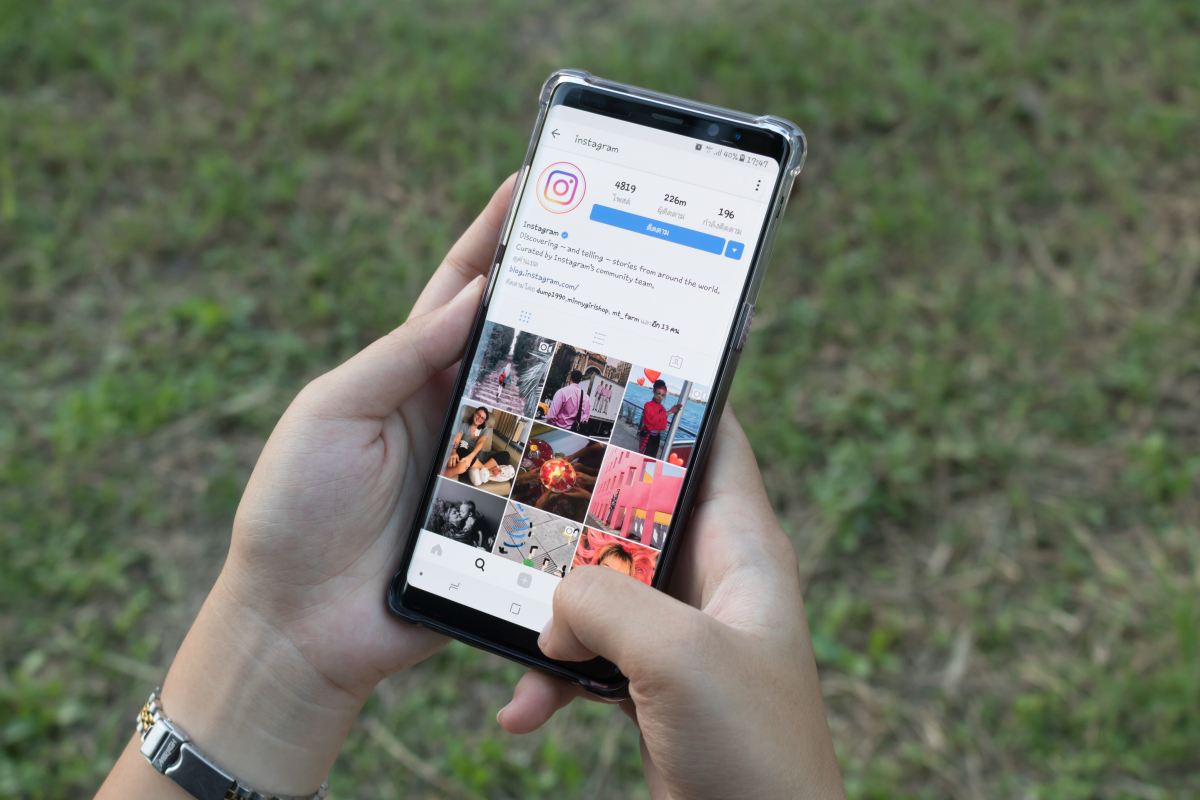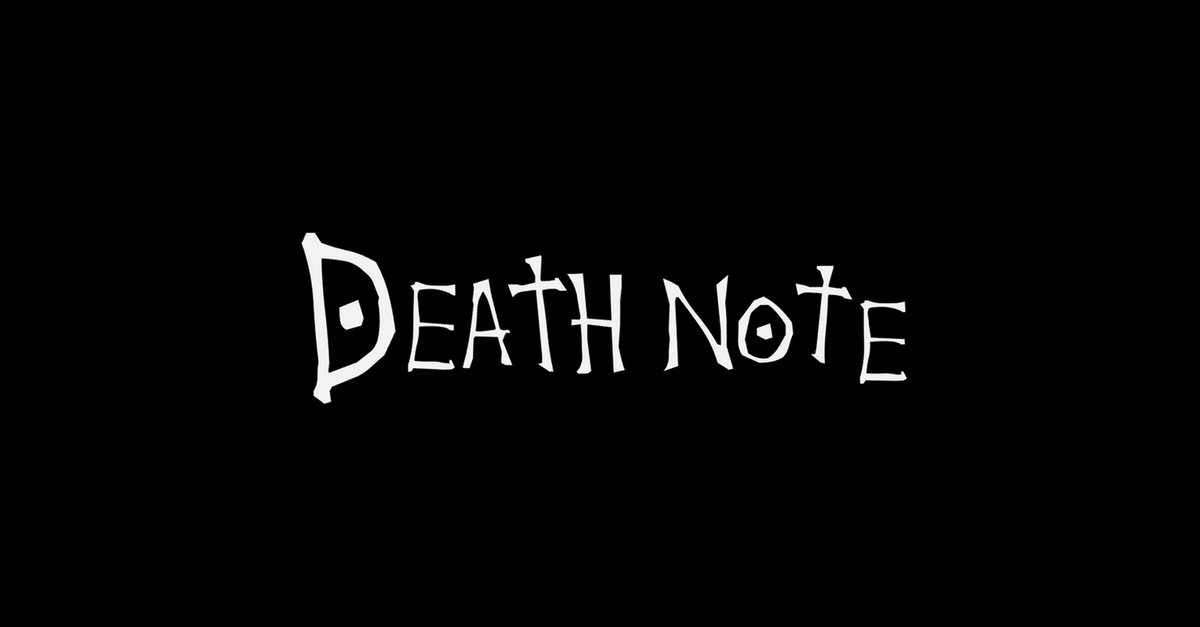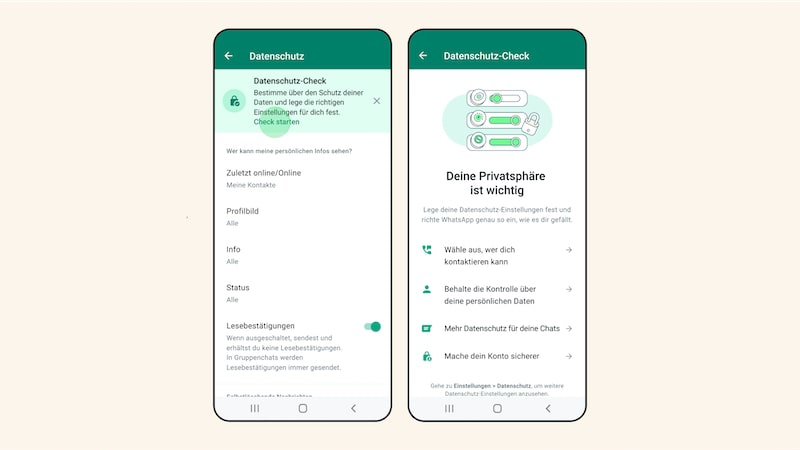Algorithms and shadowbanning: Instagram boss gives detailed insight
Because there are always misunderstandings about how the platform works, said Instagram boss Adam Mosseri in one blog post, you want to give users and content producers a better look behind the scenes. So how does Instagram’s recommendation system work – and how does the company respond to the accusation of shadowbanning?
Contents
Instagram algorithm: There is no such thing as “the one”
To begin his explanation, Mosseri does away with the idea of the one, all-powerful Instagram algorithm “that monitors what people see and don’t see on the app.” Rather, it uses “a multitude of algorithms, classifiers and processes, each of which serves its own purpose”.
Editor’s Recommendations
Each part of the platform is controlled by an algorithm developed specifically for it – the recommendations on the Explore page, for example, follow completely different rules than the stories displayed or the search results.
As is well known, the feed mixes recommendations, advertising and contributions from the profiles to which you have actually subscribed. Your own activity decides how the posts are displayed in the feed, for example likes and comments that you have previously left on other content, and clicks on profile pictures.
According to Mosseri, information about the individual post (format, popularity, time it was posted and marked location) and the interaction history with the account that published the new post is also included in the feed display. There are also “thousands” of other “signals,” “from the time a post is shared, to whether you’re using a phone or the web app, to how often you like videos.”
Ultimately, Instagram uses the various parameters to try to find out how a user will deal with new postings that flow into the feed. “The more likely you are to take an action, and the more weight we give to that action, the higher up in feed the post will appear.”
But Mosseri does admit that certain posts get downgraded — like “posts we think you’re likely to flag” — and that Instagram makes mistakes all the time.
As far as the order of the stories is concerned, Mosseri explicitly lists three criteria that Instagram – along with unnamed others – uses for ranking: how often a user has viewed an account’s stories in the past, how often the account’s stories have been interacted with, and how it is likely that you are “friends or family members” with the posting person. However, Mosseri does not reveal which parameters Instagram uses to determine this relationship between users.
Instagram uses criteria similar to feed and story order when selecting posts to display in the Reel tab. In addition to previous individual preferences and information about the post, details about the person posting are also included here. However, Mosseri does not list the relationship between users assumed by Instagram as a criterion, but rather “popularity signals such as the number of followers”. In concrete terms, this means that large creators with an active following are being pushed further and further.
Instagram is repeatedly accused of shadow banning by users, i.e. a deliberate restriction of the range of certain content. The platform boss says that this is “not the intention” of the group.
Mosseri doesn’t deny that Instagram sometimes lets posts go under the radar. However, he does not address the fact that content that is poorly ranked by the algorithms has little reach as a problem. Instead, he poses the following issue: “Community concern about ‘shadowbanning’ has made it clear that we can do more to increase transparency so users have more information about what’s happening with their account.”
Accordingly, they are working on ways to show users more clearly why their content is being missed out on which ranking and possibly hidden by Instagram. “If something is affecting your content’s viewability, you should know about it and be able to take action.”



